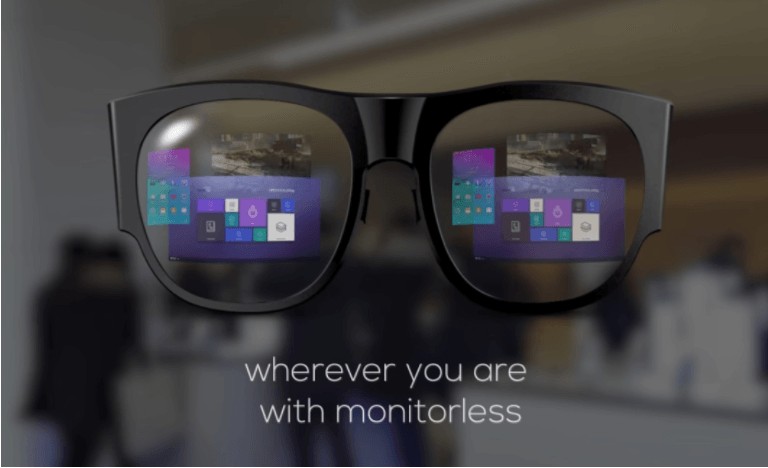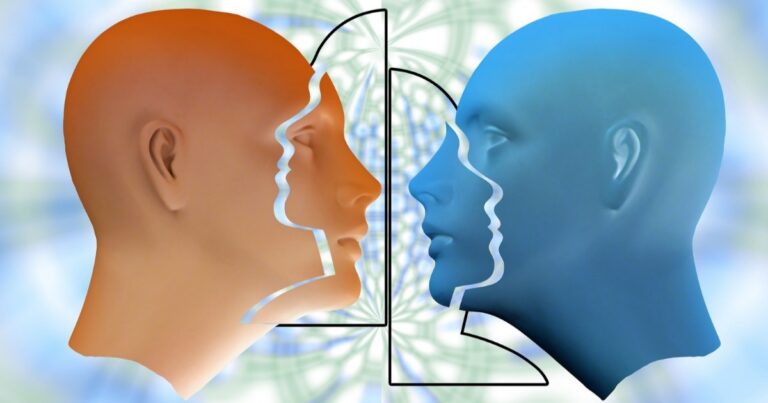Augmented reality and Virtual reality has one thing in common. They all have the power to change our perception of the world. The difference is the perception of our existence.
Virtual reality can transpose users. In other words, take us to somewhere else. Through closed visors or goggles, VR blocks the room and places our presence elsewhere.
Oculus Rift, Samsung Gear VR, Google Cardboard, these are the names you may have heard about now. But if you’ve never tried virtual reality since the arcade of the 80’s, be ready to be blown away by how far it’s come.
However, augmenting reality needs our current reality and adds something to it. It does not move us elsewhere. It just “adds” to our current state of existence, usually with a clear visor. As shown below, Samsung is ready to launch uncontrolled AR glasses that can be connected to a cell phone or PC via WIFI and replace the screens on those devices.

Apple is also not so secretly excited and invest in augmented reality. Time will tell whether this means that a pair of Apple AR glasses, or cool new AR features built into the next generation of iPhone.
Virtual reality (VR)
VR Is a computer technology that uses virtual reality headsets that occasionally produce realistic images, sounds, and other sensations in combination with physical or multi-projection environments to simulate the physical presence of users in virtual or virtual environments. People using virtual reality devices can “look around” the man-made world and move through virtual reality and interact with the virtual features or objects through high-quality virtual reality technology. The VR headset is a head-mounted goggle with a screen in front of the eyes. The program can include audio and sound through speakers or headphones.
AR — Augmented Reality
Augmented reality (AR) is a live direct or indirect view of a physical, real-world environment whose elements are “augmented” by computer-generated sensory input such as sound, video, graphics or GPS data. It is related to a more general concept called computer-mediated reality, in which a view of reality is modified (possibly even diminished rather than augmented) by a computer. Augmented reality enhances one’s current perception of reality, whereas, in contrast, virtual reality replaces the real world with a simulated one. Augmentation techniques are typically performed in real time and in semantic context with environmental elements, such as overlaying supplemental information like scores over a live video feed of a sporting event.
MR — Mixed Reality
Mixed reality (MR), sometimes referred to as hybrid reality, is the merging of real and virtual worlds to produce new environments and visualizations where physical and digital objects co-exist and interact in real time. Mixed reality takes place not only in the physical world or the virtual world, but is a mix of reality and virtual reality, encompassing both augmented reality and augmented virtuality via immersive technology.
Pepsi Max utilized AR in incredible ways throughout their #LiveForNow campaign. The monster mirror trick is worth noting, but the most amazing display was for their bus stop prank.
Now, games have polygon counts in the billions, and they are only getting better. Trailers for new games these days are looking more and more like movies than games, and that bodes well for the future of VR and AR experiences.




